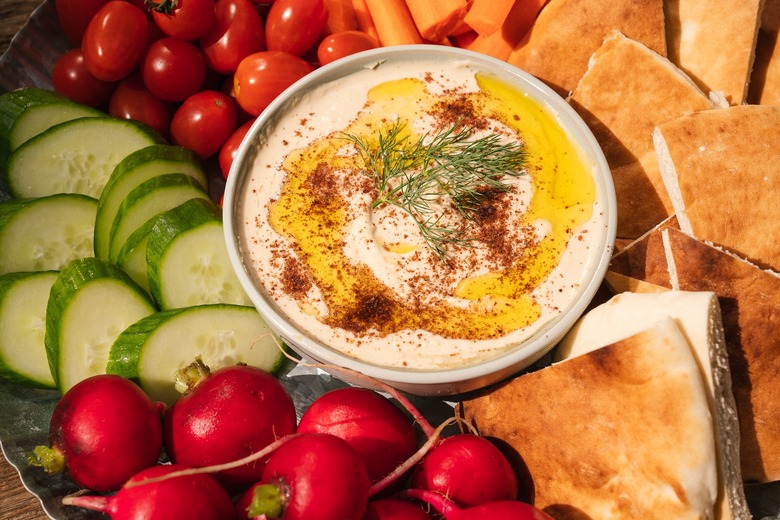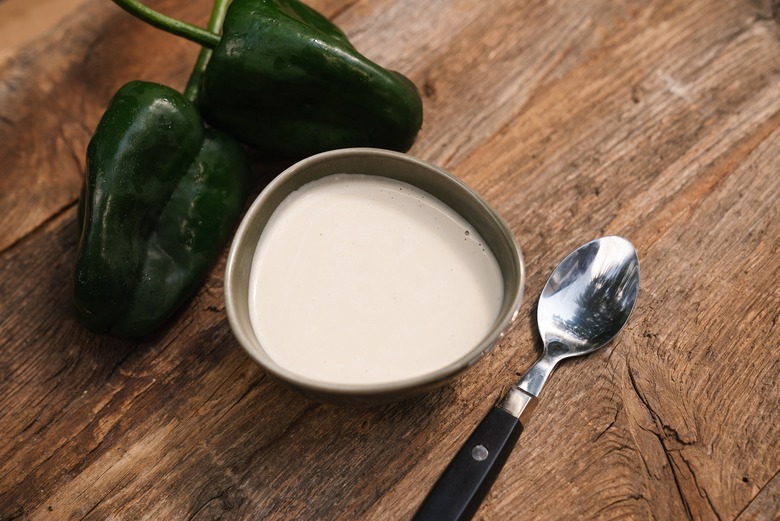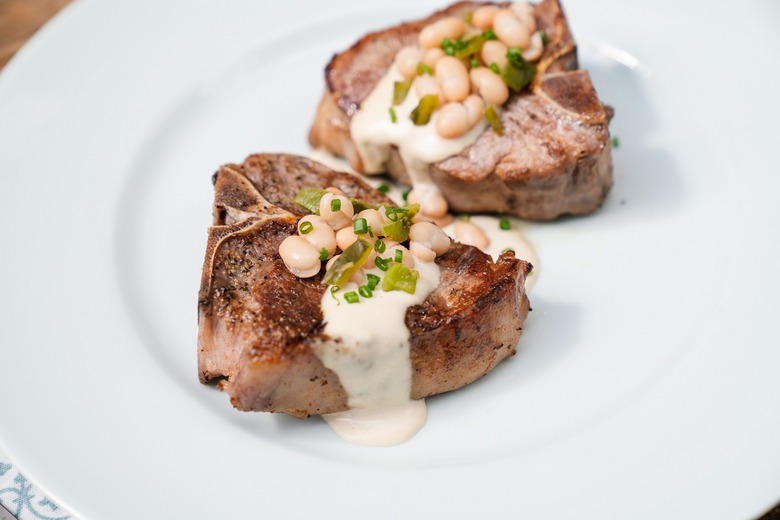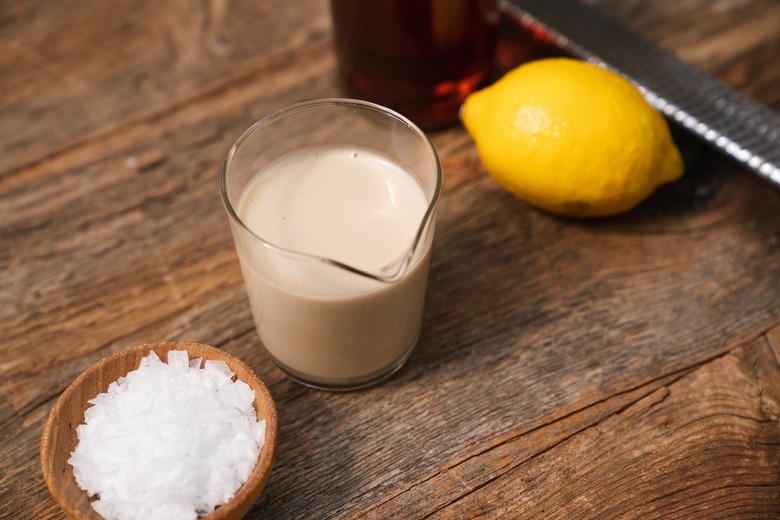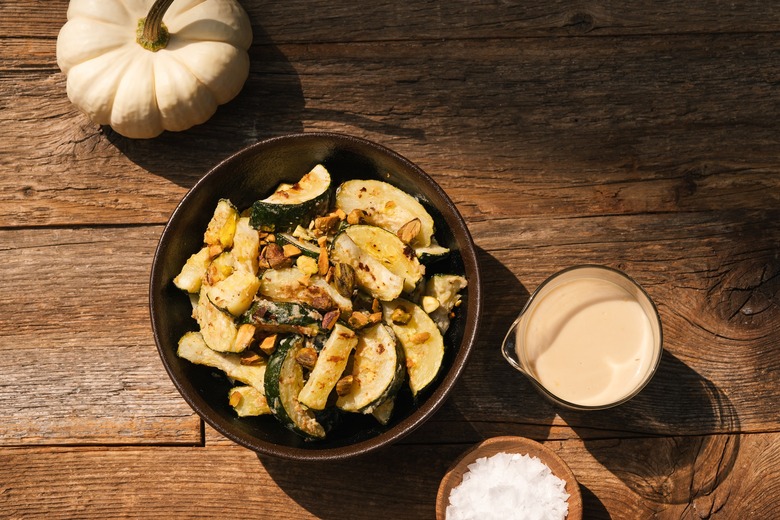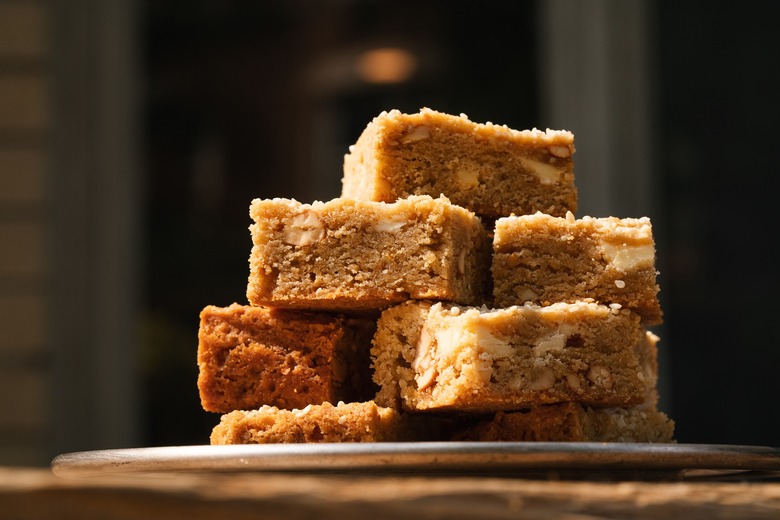How To Make Tahini At Home (And What To Make With That Tahini)
Tahini, a staple in my condiment collection, is best known for homemade hummus, baba ganoush and as a key ingredient in sauces to pair with falafel and other Middle Eastern bites. But tahini is the gift that keeps on giving and has uses far beyond the expected.
50 Vegetarian Dinner Ideas for When You Don't Know What to Cook
Tahini is simply a puree of sesame seeds. Nothing else. Think of it as an easy-to-make-at-home alternative to peanut and other nut butters. But more on that later.
Bottled tahini takes the work (and the mess) out of grinding sesame seeds. Make sure to read the labels to ensure that nothing else is added.
Soom, made from Ethiopian white humera sesame, is the preferred brand of chefs for its silken texture and rich sesame flavor. However, this brand can be a bit hard to track down in stores. For easy shopping, consider the roasted sesame seed flavor in tahini from the Whole Foods 365 brand or the milder organic tahini from Trader Joe's.
Note that vigorous stirring is required for nearly all tahini brands; the mixture separates out oil, much like natural peanut butters. While it's best used at room temperature, you should store tahini in the refrigerator to prevent the oils from turning rancid.
Of course, pretty, creamy white sesame seeds can entice you to make your own tahini. The small bottles sold in the spice section of most supermarkets are pricey so look for bulk sesame seeds instead. Look for hulled sesame seeds, which have a creamy white hue. These taste less bitter than beige or grayish sesame seeds which have their hull still intact.
To make your own tahini, toast 1 cup of sesame seeds in a skillet over low heat, stirring constantly, until some of the seeds are just a little bit golden in color, but not browned. Transfer to a plate and cool completely. Then, process the seeds in a food processor or blender — you'll get the smoothest results with a high-speed blender — until the seeds are the texture of fine sand. With the machine running, drizzle in untoasted sesame oil, grapeseed oil or safflower oil until smooth and mixture has the consistency of very thin peanut butter. Transfer to a jar and refrigerate covered for a week or more.
For breakfast, spread homemade tahini on toast with a drizzle of honey and a sliced banana with a dollop of yogurt. It's also a great addition to smoothies.
Consider the lovely sesame paste for dessert. It adds great flavor to cookies, blondies and homemade ice cream. Or, of course, you can use tahini for these recipes.
Creamy Lemon Hummus
Tahini and garbanzo beans, a.k.a. chickpeas, make classic hummus. Replacing some of the garbanzo beans with white beans yields a lighter, creamier version that's a delicious, satisfying dip for raw vegetables and crackers. A garnish of tangy ground sumac underscores the lemon flavors. This recipe doubles nicely and keeps for about a week in the refrigerator.
Green Chile Tahini Sauce
This toasted sauce with a bit of a kick goes well with grilled lamb chops, salmon or halibut. You'll be surprised by just how balanced it is.
Lamb Chops With Green Chile Tahini Sauce
Smoky, slightly gamey lamb chops are the perfect protein to pair with a creamy, toasty and slightly spicy tahini-based sauce.
For the Lamb Chops With Green Chile Tahini Sauce recipe, click here.
Maple Tahini Glaze
This maple tahini glaze is versatile and can be used to add tons of flavor to green vegetables or as a salad dressing for weekday lunches.
Roasted Zucchini With Maple Tahini and Pistachios
Toasted nuts help to amplify the roasted flavor of tahini in this easy, nutritious weeknight side dish. If you're not a fan of zucchini, you can also use this recipe for green beans.
For the Roasted Zucchini With Maple Tahini and Pistachios recipe, click here.
Sesame Cashew and Tahini Blondies
Tahini and sesame seeds make these white chocolate blondies particularly irresistable. Don't be afraid to use extra white chocolate.
For the Sesame Cashew and Tahini Blondies recipe, click here.
.

